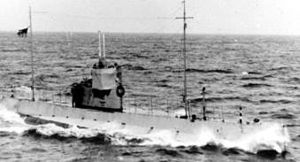I was very interested to be
contacted by lawyer Dallas Ewen of Winnipeg last spring. Dallas is keen on
modelling soldiers, and in particular had in mind a display to show the Battle
of Moreuil Wood. He had come across my blog, and wondered if I could direct him
to the location of the battlefield. Dallas was in France at the time. Not only could I direct him to the site, but I was able to give him contact
information for M. Jean-Paul Brunel, unofficial representative of the Canadian
Cavalry Brigade in Moreuil.
 My wife and I had been
entertained royally by J-P in 2008, when we visited Moreuil on March 30th
for the 90th anniversary of the Battle. Here are a couple of photos taken
in 2008 that show Jean-Paul at the time.
My wife and I had been
entertained royally by J-P in 2008, when we visited Moreuil on March 30th
for the 90th anniversary of the Battle. Here are a couple of photos taken
in 2008 that show Jean-Paul at the time.
Dallas Ewen was able to get in
touch with Jean-Paul; here is one of his photos, taken in 2012.
I was
very happy to hear that J-P was as enthusiastic about the Canadian Cavalry
Brigade as ever. The background scenery may have changed somewhat, but from what Dallas tells me, Jean-Paul is as full of energy as we found him in 2008.
If you click here
you will see one of a series of articles I wrote about Jean-Paul Brunel.







.JPG)